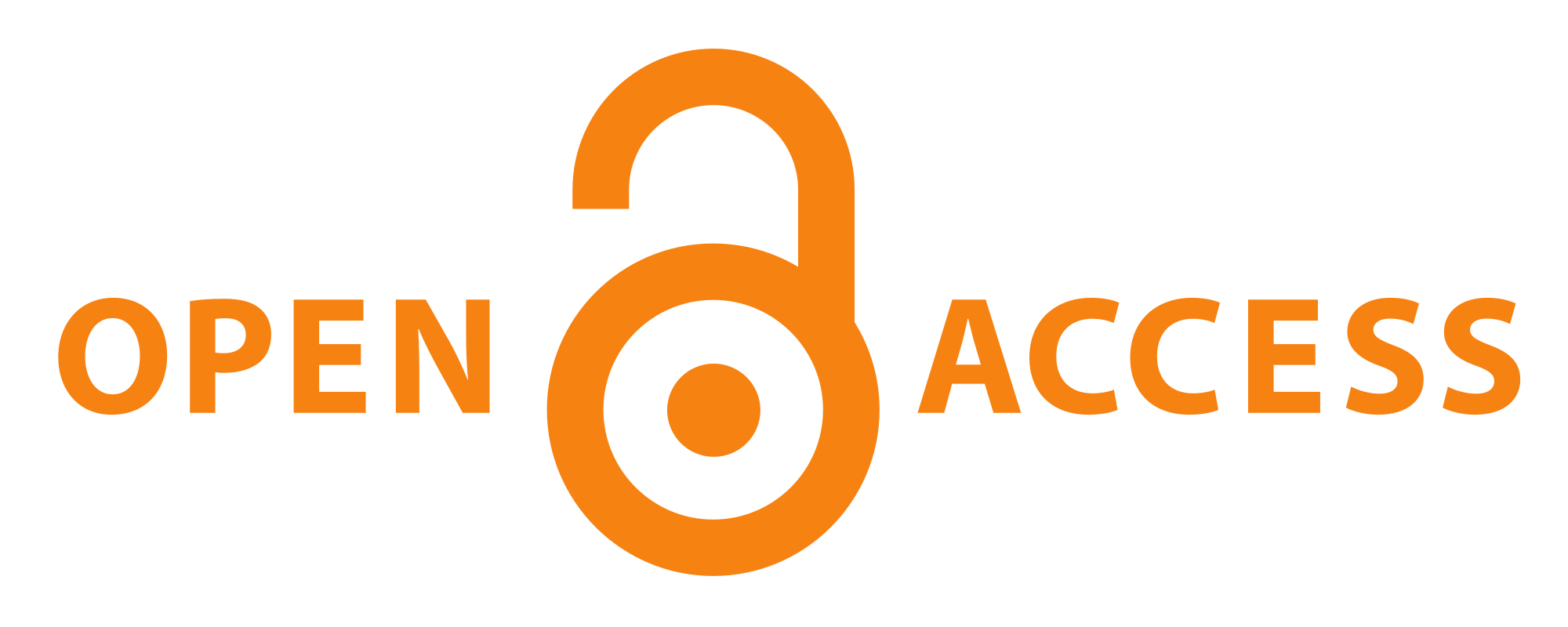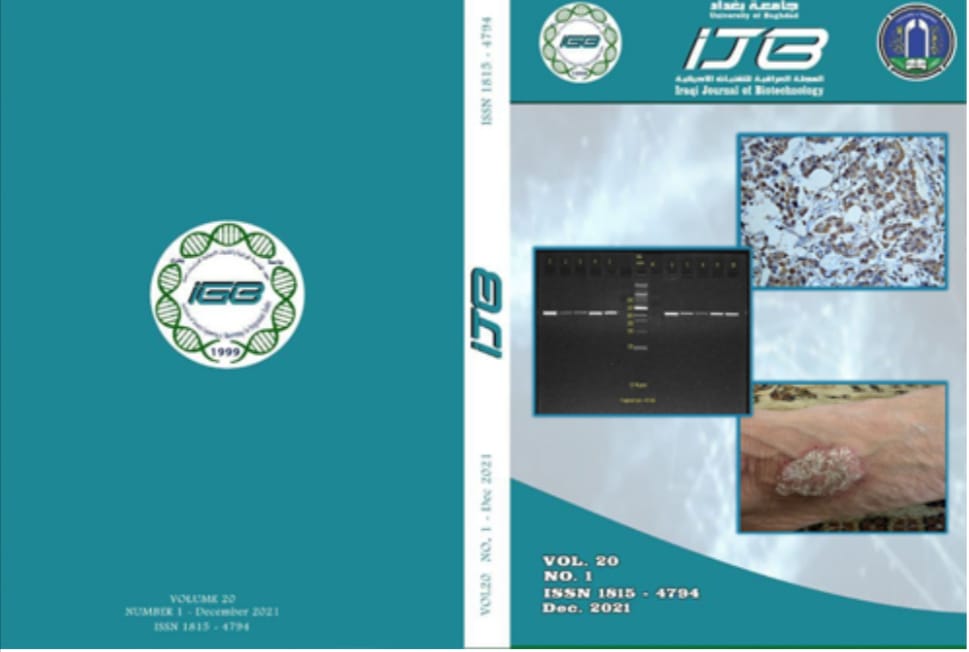Evaluation of Maleamic Acid Derivatives Against Some Pathogenic Fungi
Abstract
Five maleamic acid derivatives were prepared: Bis –maleamic acid(compound A); Ethylene –Bis–maleamic acid(compound A1); 1,4 –phenylene (2,2- diamino –Bis (1,3,4- thiadiazol- 5- yl))malaemic acid(compound A2) ; 4-N( 2,3 – dimethyl- 1- phenyl – pyrazolin-5- one- 4-yl) maleicacid (compound A3) and 5-methyl -3- sulphanilamide maleamic acid(compound B). These were examined to study their antifungal activity against six pathogenic fungi, some of them causing superficial infection like T. rubrum, T. violaceum and T. soudanese, while others are responsible for invasive infection(lower respiratory tract) like A. fumigatus, A . flavus and P. marneffei. Results showed that the first three derivatives A, A1 and A2, are active against both the dermatophytes and invasive fungi, remarkably A derivative is highly active (100% growth inhibition) against T. soudanese and in three different concentrations and have the same activity against T.violaceum and Aspergillus species but only at the highest concentration. Derivative A1 have the highest effect (100% growth inhibition) against T. rubrum and T. violaceum and P. marneffeiat the highest concentration only, while the third derivative A2 showed the same activity against T. violaceum at the highest concentration and against A. fumigatus at the three highest concentrations. On the other hand the two derivatives A3 and B found to have a considered antifungal effect against dermatophytes (100% growth inhibition ), that A3 derivative showed is active against T. rubrum in its tow highest concentrations and against T. violaceum only at the highest concentration, they were recorded also to have antifungal effect against other studied species but to less extent .Finally, derivative B is recorded to be active effect against T.rubrum (100% growth inhibition) at its highest concentration and also has a considered effect against T. violacem in its tow highest concentration. Maleamic acid derivatives appeared to be strong antifungals , and their activity increasing gradually with concentration and with a significant difference between the activities of the compounds (p≤0.05). It is concluded that those compounds may have uses as antifungals in the future.


